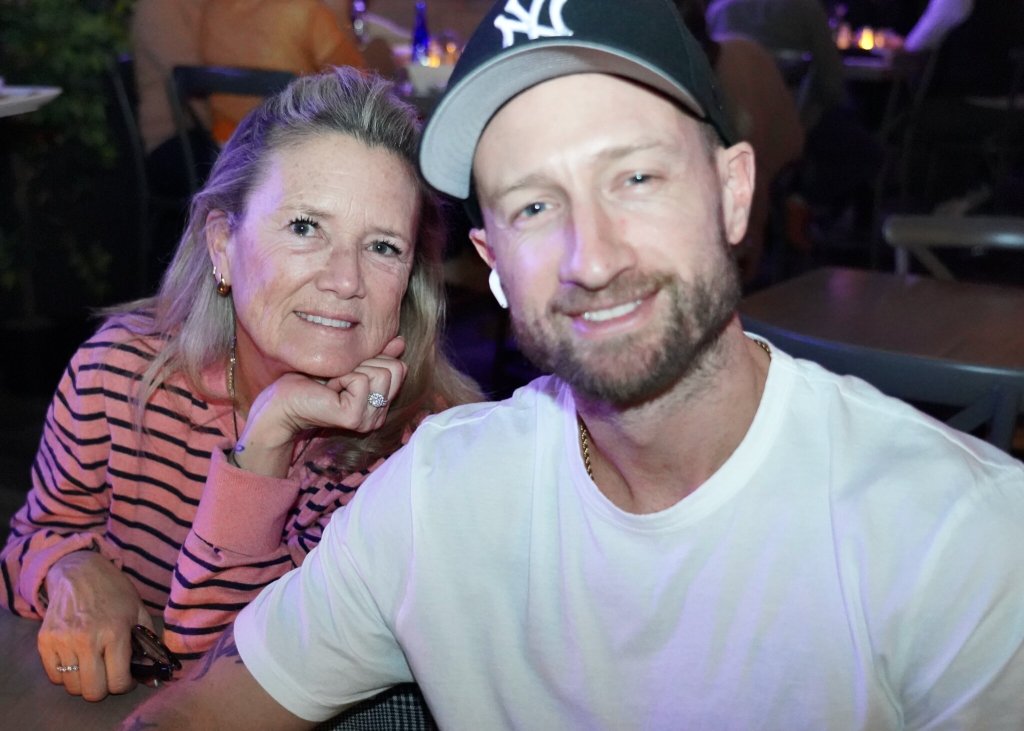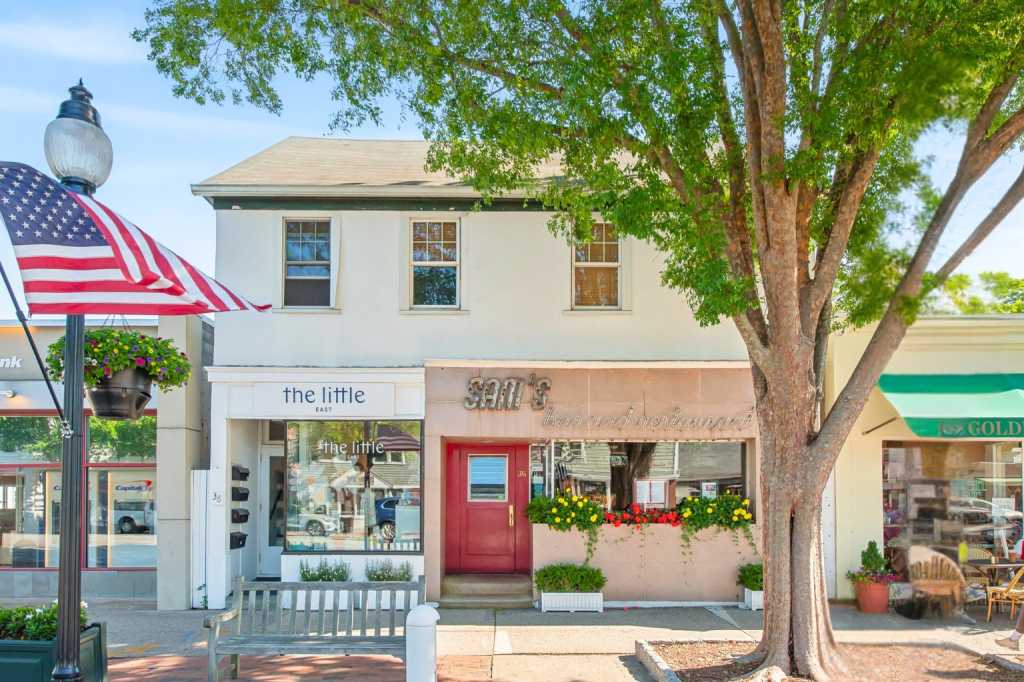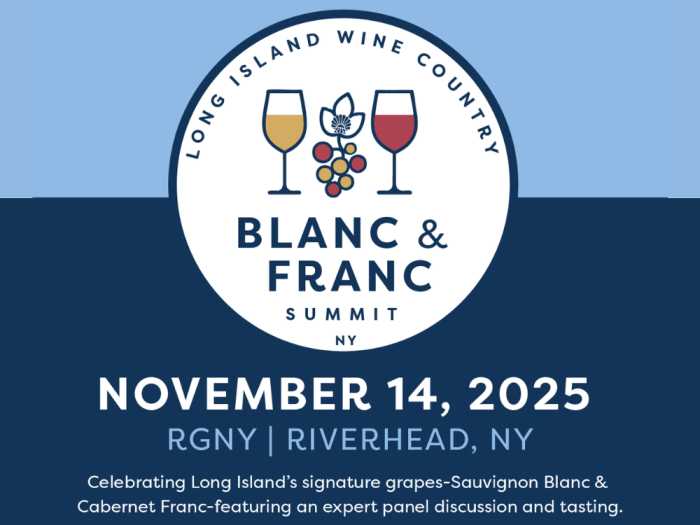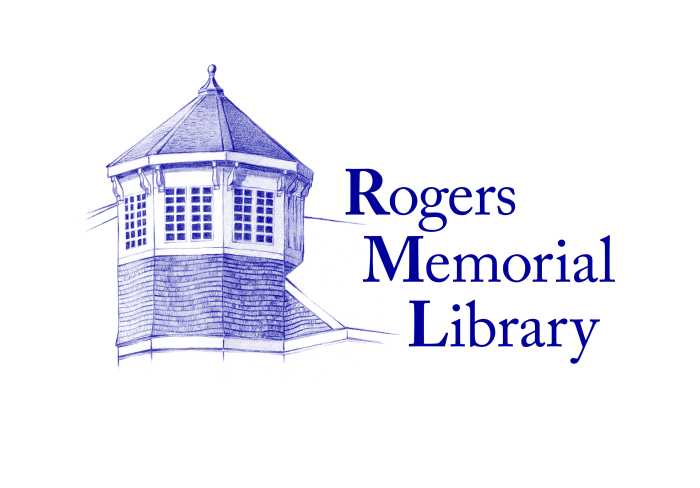Who's Here: “Frosty the Snowman” artist Don Duga
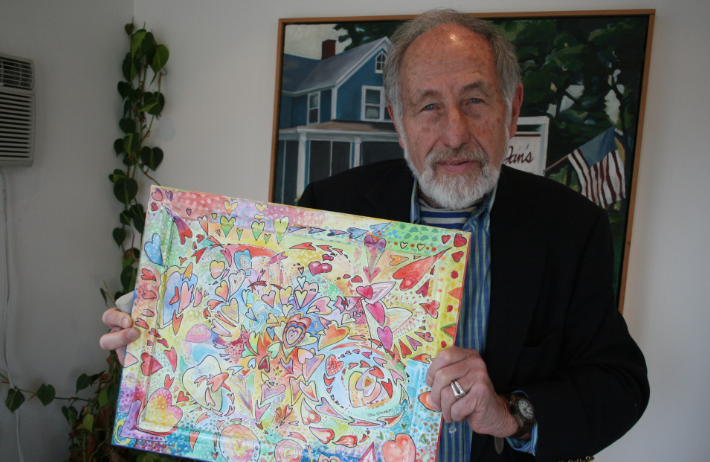
Sag Harbor’s HarborFrost is upon us, snow flurries in the air, but no idyllic winter scene is complete without images of Christmas classics Frosty the Snowman and Rudolph the Red-Nosed Reindeer. The work of Riverhead resident and acclaimed animator Don Duga brought the two to life for several generations through the iconic television specials.
Duga’s memories of Frosty, however, conjure up images that mesh with the East End’s uncharacteristically warm winter.
“My end of Frosty was done in the heat of one of the worst summers, so I think of sweating over the (story) board,” laughs Duga.
In the artistic world, Duga is as heralded as any celebrity who makes his summer home in the Hamptons. On top of his success, he is noted for his highly approachable demeanor and his hands-on involvement in the East End art world.
Born in Southern California, Duga has always considered himself to be an artist. He was educated at the Chouinard Art Institute in Los Angeles, where he met and was inspired by legendary artist Don Graham, who taught Disney animators, most notably those working on Snow White, how to make their characters more life-like. [expand]
Though Duga admits that he didn’t realize it at the time, Graham was a brilliant teacher. And as Duga learned the trade, Graham recognized his student’s talent.
“He (Graham) told me that I should get paid for my drawings,” Duga said.
Those simple words from an esteemed colleague were all Duga needed to begin his artistic career.
Duga went on to work at UPA (United Productions of America) Studios in Burbank, where he honed his animation techniques and worked on such shows as Mr. Magoo. Duga then left for San Francisco, as he took a job with Davidson Films and learned the technical side of animating, including how to operate a camera.
However, most of the larger, commercial animating studios in the 1960s were based in New York, and Duga moved east and worked for Pelican Films before taking a job in Milan, Italy with Cartoon Films. It was there that Duga met fellow artist Irra Verbitsky, and the two quickly became inseparable.
They eventually moved back to New York, and Duga began freelancing for a variety of studios, including Rankin/Bass Productions, the creators of Frosty and Rudolph.
In 1976, Duga and Verbitsky founded Polestar Films and Associated Arts, Ltd., a New York-based studio that has produced hundreds of animated films, television shows and commercials.
“Irra is a good artist, she has a good eye. We balance each other out,” says Duga.
Duga and Verbitsky originally created Polestar Films to specialize in educational titles, but the company has since created a variety of productions spanning multiple genres.
“Having our own production studio gives us the freedom to create things,” says Duga. Larger-scale films often require an army of animators and writers to devise a story and see it to fruition. Though Duga enjoys and appreciates being a part of a team, he likes how Polestar studios allows him to be more involved in the creative process—from brainstorming to animating to directing.
Among the more prestigious awards the duo has received is the Carnegie Medal for Owen, originally a children’s book by Scholastic, which was narrated by Sarah Jessica Parker.
The two also rose to the top of the world of educational television for their work on “Sesame Street,” one of the Polestar’s first jobs. Duga and Verbitsky wrote many of the stories. They would pitch their ideas to the show’s creators and then direct the chosen episodes.
Duga notes that Verbitsky’s “Fruta Manzana” episode and accompanying song, which teaches children to eat fruit, was shown at the Whitney Museum of American Art as the best episode in 10 years of the series.
Polestar Films also produced a variety of commercial advertisements, including some for the Hostess Company. Lovers of the snack cakes can credit the studio for the brand’s iconic Twinkie the Kid, King Ding Dong and Captain Cupcake, all of whom dominated Hostess commercials from 1972 until about 1982.
For his work, Duga has traveled to Annecy, France numerous times for the International Animation Film Festival.
“It’s like the Academy Awards of Animation,” says Duga. He has meticulously documented his trips to Annecy with a hand-drawn scrapbook that reads as a fun and candid adventure. With water-colored paintings of people and events as opposed to photographs,—and lighthearted conversation bubbles for Duga to further document the highlights of the trips—the book reflects Duga’s signature whimsical and colorful style.
It is no surprise, either, that Duga and Verbitsky are also inspired by music. Recently, they have been working on a variety of small films. Just in time for Valentine’s Day, Duga’s short Love is set to music by the group Miles to Dayton.
In addition, Duga and Verbitsky teach at the School of Visual Arts in New York City.
“We both came in during the early stages of the animation department,” says Duga, noting that the school has grown and is now fully accredited.
In fact, Duga often calls on former students to help him with Polestar projects, especially in an increasingly digital world.
“I still do the things the way I’ve always done them,” says Duga of technology, though he does marvel at the speed with which modern methods allow him to work. He often takes on an assistant to help him transpose his animations onto the computer.
His passion remains the artistic process, and Duga is always excited to introduce new creative methods into his work. Most recently, Duga and Verbitsky were asked to work at a New Year’s Eve wedding to create drawings of the guests. Highlighting their teamwork, Duga drew outlines of the subjects while Verbitsky brought them to life with watercolors. The idea was a hit.
Motivated in his professional life, but possessing a refreshingly laid-back demeanor, Duga really does epitomize his Southern California roots. But he has adjusted well to life on the East Coast.
“Wait a second, this is not so bad,” Duga laughs, referring to this year’s mild winter.
Duga used to come out to Amagansett, but he soon discovered and fell in love with the North Fork.
“It’s nice for swimming, there’s a nice community and there’s a lot of nice families,” Duga says of his East End residence, which he describes as closer to Baiting Hollow than Riverhead.
Duga has also become increasingly involved with the East End art scene. He has taught animation classes in Northport, Shelter Island and Greenport, and once hosted an ‘Ani-Jam,’ an artistic jam session where participants would draw characters and Duga would set the animations to music. He continues to work on films, and also displays vibrantly painted stills of his animations at local art galleries.
While the East End waits for the opportunity to create a real Frosty the Snowman, Duga’s compelling artwork alleviates the problem, as he brings the beloved character-—and many other charming scenes—to life.

